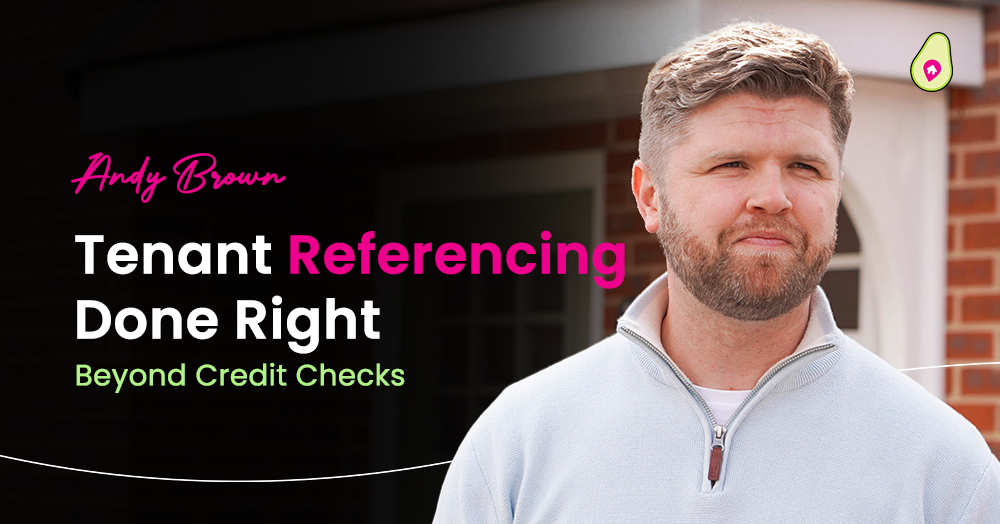Every landlord wants a reliable tenant, but choosing the wrong one can lead to late rent, disputes, or early departures. A credit check is a start, but it doesn’t tell the full story. Proper referencing digs deeper.
The Basics of Referencing
Most referencing covers:
- Credit history.
- Employment checks.
- Previous landlord references.
Useful, but not foolproof.
Going Beyond the Basics
What you can do:
- Verify income properly (open banking makes this easier).
- Check rental payment history.
- Look for consistency across documents.
- Speak directly to employers and landlords, not just accept letters.
In our experience, adding these layers gives a far clearer picture of a tenant’s reliability and helps avoid surprises later.
Spotting Red Flags
- Reluctance to provide references.
- Gaps in rental history.
- Information that doesn’t match up.
- Applicants in a rush to move without good reason.
These don’t automatically mean a tenant is unsuitable, but they should prompt more questions.
Why Professional Referencing Helps
DIY referencing often misses important details. Professional services use tools and checks that go beyond what landlords can reasonably do themselves.
We’ve found that landlords who use more robust referencing have fewer arrears issues and longer tenancies. It’s about peace of mind as much as protection.
Final Thoughts
Good referencing is about more than a credit score. It’s about painting a complete picture of who you’re handing your property to.
In practice, the extra checks are worth it. We’ve seen time and again that when referencing is done thoroughly, landlords enjoy smoother tenancies and far fewer problems down the line.
